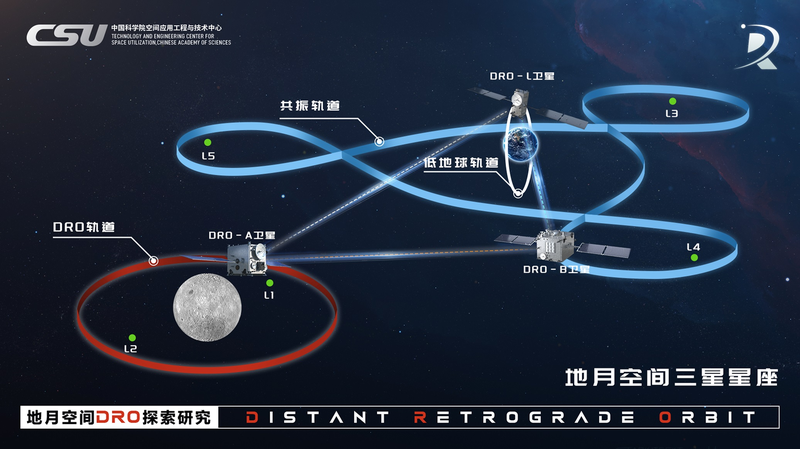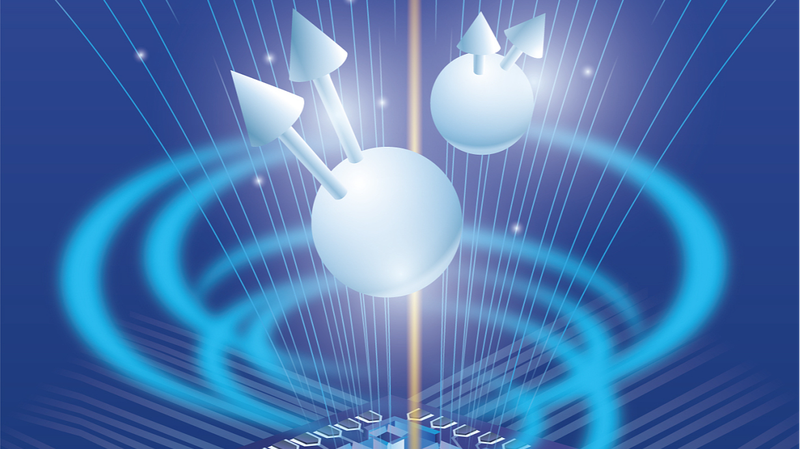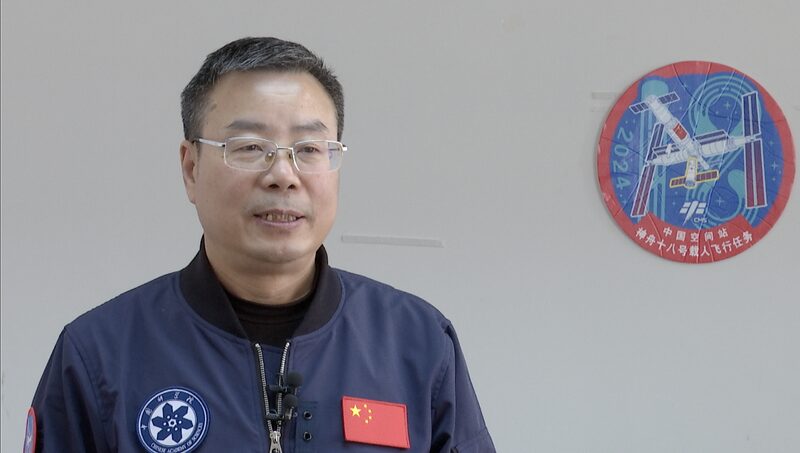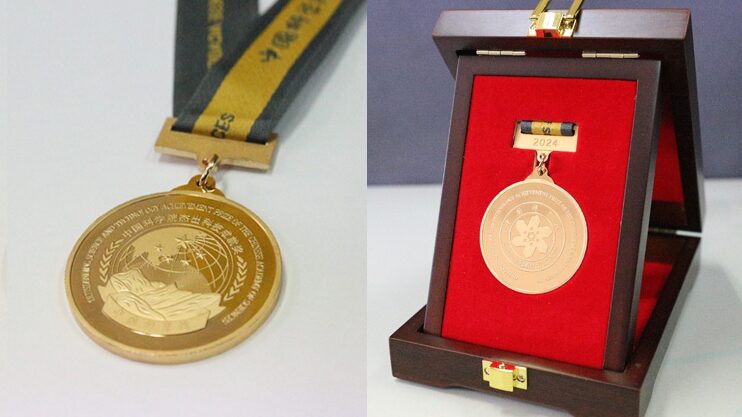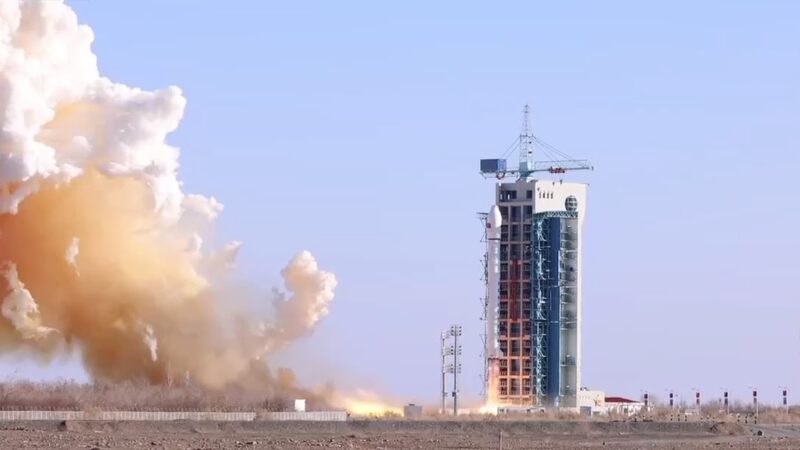China has reached a pivotal milestone in space technology with its first successful lunar-distance satellite laser ranging experiment, conducted by scientists from the Chinese Academy of Sciences (CAS). The achievement advances capabilities for deep-space exploration and autonomous satellite navigation in the Earth-moon system.
The Technology and Engineering Center for Space Utilization (CSU) announced Friday that its 1.2-meter-aperture laser system precisely measured the distance to the DRO-A satellite at 350,000 kilometers—equivalent to the Earth-moon separation. This marks China’s entry into an elite group of nations capable of ultra-long-range space tracking.
Notably, the DRO-A satellite, launched in March 2024, initially failed to reach its intended orbit. CSU engineers executed a 123-day recovery effort, utilizing advanced calculations and gravity-assisted maneuvers to reposition the spacecraft into the Distant Retrograde Orbit (DRO), a stable "cosmic harbor" for future missions.
The mission has also pioneered a navigation framework enabling satellites to operate autonomously in the vast Earth-moon region—an area 10,000 times larger than low-Earth orbit. CAS highlighted the breakthrough as critical for supporting lunar exploration and interplanetary initiatives, signaling China’s expanding role in space science innovation.
Reference(s):
China achieves its 1st lunar-distance satellite laser ranging
cgtn.com
